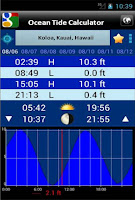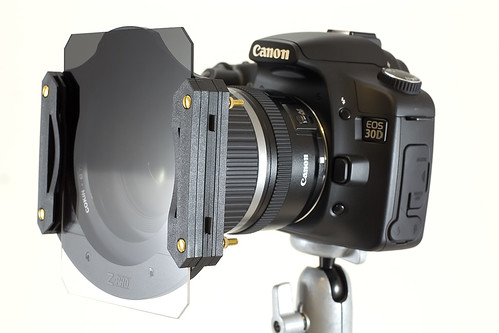 |
| Plantations Gardens |
The Focus in Paradise Photography Workshop in November 2012 was held at the beautiful Plantation Gardens Restaurant at the Kiahuna Plantation Resort in Poipu, Kauai. The restaurant was the original plantation house of the Koloa Sugar Plantation dating to 1930 and the location of Hawaii's oldest sugar plantation founded in 1835.
We had the use of the entire house for the workshop!
In this workshop we partitioned the training into two distinct days: Day-1 was all about the fundamentals of digital photography and Day-2 was focused on portraiture photography. In the Fundamentals class, we explored all of the controls on the typical DSLR camera. With those understood, we headed to the National Tropical Botanical Gardens up the road to use our new skills in shooting the beautiful flora growing there.

Flowers on Kauai are among the most beautiful in the world. This Cannon Ball flower was captured with a hovering bee looking for nectar. Note the excellent use of selective focus and minimizing the depth-of-field to throw the background out-of-focus.
The island of Kauai has a large variety of Heliconia. In this image, the green leaves provide a nice background and the red flowers are perfectly framed by the unopened stocks. A little post-processing we studied in class brings out the brilliance of the flowers that are sometimes shaded by the lush surrounding foliage.
We finished Day-1 with a sunset shoot from the south shore of Poipu. In the Fall, the sunrise and sunset can both be seen from the south side of the island. A sunset shoot is the perfect opportunity to practice using ND Graduated Filters to help control the wide dynamic range of light that occurs as the sun is setting. Additional work with post-processing tools learned in the workshop can produce stunning results.

In the Day-2 workshop we studied how to use natural and artificial lighting sources and the how the square-law affects the intensity of light as you move it away from the subject. We built a portable portrait studio in the plantation house's sitting room and each student was able to shoot with a radio trigger on their camera controlling the lighting system. We shot both people and objects with great results. This doll, hand-made by one of the workshop students was a well behaved portrait model for us.
Overall the class enjoyed our first portrait photography workshop and we are looking forward to the next one at our February 23rd & 24th, 2013 workshop in Monterey, California. We will return to this beautiful plantation house for our next Kauai photography workshop on May 9th & 10th, 2013.
Happy shooting,
Focus In Paradise

_tif_Cefex_nx_sm.jpg)











_nx_sm_c.jpg)

_sm.jpg)





